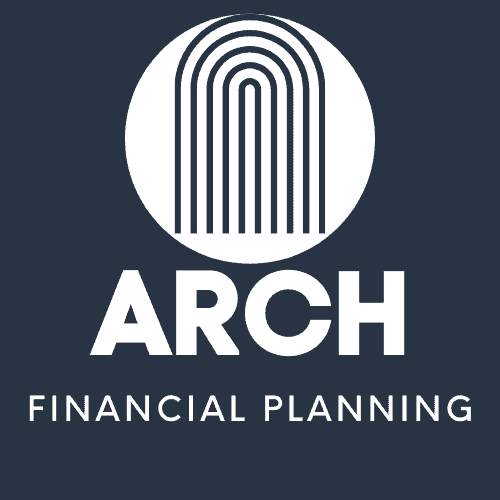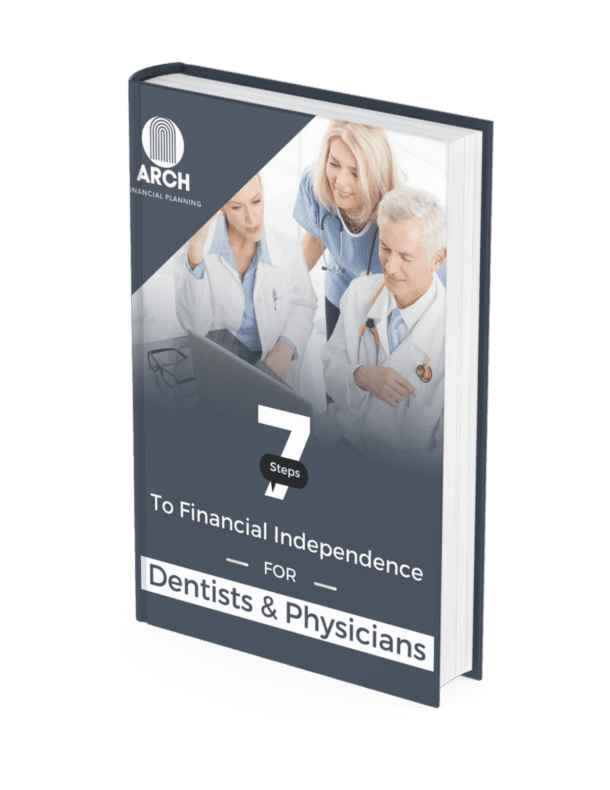Maximizing the Tax Advantages of Practice Ownership
Tax Advantages of Practice Ownership
Growing your practice across every measure is the priority for practice owners, no matter their stage.
- Just starting and working to be revenue-positive or coping with early income.
- In the mid-stage and building your strategy and tactics for long-term growth
- Late-stage revenue maximization for exit planning
Every stage brings different things to tackle, but they all have one thing in common – taxes. Practice owners have unique tax advantages. The key to maximizing them is not leaving them until your annual meeting with your tax accountant. Creating a multi-year strategy means creating a multi-year plan that works as your practice grows and your profits, activities, etc.
An effective tax plan will be flexible and customized to your practice and personal situation, but some areas are common to all good tax strategies that will help you get started.
Start With the Right Structure – or Convert
Whether to incorporate or not often comes down to two aspects: tax planning and personal liability. For many practices, the simplicity of a sole proprietorship or partnership is appealing, or the limited protection of an LLC is enough. Corporations offer robust protection from personal liability and can make raising capital and attracting top talent easier. An S corp can offer similar advantages but comes with additional tax benefits.
As defined by the IRS, an S corp is a corporation that elects to pass corporate income, losses, deductions, and credits to its shareholders for federal tax purposes. Shareholders of an S corp report the flow-through of income and losses on their tax returns and pay tax at their individual income tax rates. S corporations avoid double taxation on the corporate income compared to the C corp. S corporations are responsible for tax on certain built-in gains and passive income at the entity level.
It is possible to convert from one structure to another after you’re already up and running. It’s a process, so you’ll need to weigh the costs and benefits carefully.
Entity Structure For Multiple Partners
Owning a practice with multiple partners can offset costs, split administrative duties, and cover for each other. However, it’s essential to set up your entity structure correctly.
Each partner sets up their own LLC (sole proprietorship) as the acting partner in the practice. This structure allows everyday business expenses are reported at the partnership level. That way, you’re not paying for your partner’s car purchased by the practice.
Clinical Income vs. Distribution
You may designate a percentage of your clinical income with multiple partners as your take-home pay. However, structuring your compensation this way may require your clinical income to qualify as a salary instead of a distribution. You may increase your tax due by increasing your salary instead of your distribution. Of course, this depends on your entity structure.
Working with your wealth advisor and qualified tax advisor to design the optimal income structure for your practice is essential.
Retirement Plan Benefits are Business and Personal
Setting up a retirement plan for your practice has many benefits. From the SIMPLE IRA or Solo 401(k) to a traditional administered 401(k) plan for all employees, there’s a proper plan for your practice.
- Attract and retain employees
- Practice tax deductions and /or tax credits
- Maximize personal tax-deferred retirement savings
Attracting and retaining top talent is one of the critical pieces in building a successful practice. Betterment recently sponsored a survey that asked respondents if they would leave their current job for one that offered a high-quality 401(k) plan, and 65% of them said yes. In addition, 56% indicated they could be lured away by a 401(k) with an employer matching contribution to a retirement plan.
Company matching contributions are considered tax-deductible Practice expenses, and if you’re concerned about the administrative costs- those may be deductible too. There are also tax credits for small practice owners that offer a 401(k) plan.
There are several retirement plans to choose from as a practice owner. If it’s just you and your spouse, the Solo 401(k) functions like a regular 401(k). You can contribute both as an employee and employer. In this retirement plan, you have tax advantages for both contribution types.
Cash Balance Plan
A Cash Balance plan may be right for you if you want to contribute beyond the 401(k) contribution limits. With a Cash Balance Plan, the practice owner contributes on behalf of the employees and owner. Employee retention and boosting retirement savings plans are some of the key benefits.
As a practice owner, you may typically contribute between 5% and 8% of every employee’s compensation. At retirement, each employee can rollover their balance to an IRA.
Once established, cash balance plan contributions are required each year. Strong cash flow from your practice is essential for this plan.
Maximizing Both Sides of the Tax Equation: Deductions and Credits
Tax deductions reduce the amount of income that is subject to taxes. Tax credits reduce your tax bill. Both are available to Practice owners.
Deductions
- Retirement plan contributions
- Health insurance premiums
- Marketing expenses
- Practice insurance premiums
- Legal and professional services
- Home office expenses
- Self-employment taxes
- Interest on Practice loans
- Some personal expenses
There are many opportunities to maximize deductions. So many that it’s worthwhile to think through the advantages and disadvantages. For a good reason – claiming too many deductions can open you to an audit and make it difficult to raise funds or get a personal mortgage if your Practice income is too low. It’s all about balance.
Tax Credits
These are incentives. The government uses tax credits to reward business behaviors that it feels are beneficial, help practices out in specific industries, or promote hiring underserved populations.
- Health insurance premiums
- Paid family and medical leave
- Work opportunity credit
- Research activities
- Disabled access
- Childcare facilities and services
- Alternative energy
While some of these may seem like they are for larger businesses, qualifying may be easier than you think. Since they reduce your tax liability without impacting your taxable income, they are worth exploring.
Depreciation for Dental & Medical Practices
Depreciation is a huge tax benefit for practice owners and may lower your taxable income significantly. You can deduct that expense against your practice collections when you purchase equipment for your practice. Depreciating your practice’s assets shows a paper loss on your tax return.
Let’s say you had $1,000,000 of collections in your practice during the current year. If you can report $100,000 of depreciation, you’d be left with $900,000 of potentially taxable income.
Straightline vs. Accelerated Depreciation – Which is Better?
The IRS says that equipment used administratively or clinically with patients may follow a depreciation schedule. The schedule falls into a straight-line method, typically spread equally over the years. Alternatively, you can choose accelerated depreciation schedules that front load or accelerate how quickly you write off your equipment.
Many practice owners choose accelerated depreciation methods since this lowers their taxable income. By reducing your taxable income now, you’ll be able to pay less in taxes and invest in practice or enjoy those tax savings for personal consumption.
Bonus Depreciation
Bonus depreciation is a form of accelerated depreciation that allows you to write off the entire equipment purchase in your first year. 2022 is the last year for practice owners and real estate investors to take advantage of the 100% bonus depreciation.
After 2022, the bonus depreciation amount will decrease by 20% annually until 2026, when it will stay unless further legislation is passed. Be sure to consult with your financial planner if it makes sense to claim 100% bonus depreciation this year.
It’s an Ongoing Process
Your practice will change from year to year, throughout economic and market cycles, and you’ll have a natural business cycle as you and your practice mature. Planning for taxes should be regarded as cash flow planning. You should identify short- and long-term tax savings opportunities and match them to your planning.
Keeping practice goals and taxes aligned adds to your bottom line now, helps you build personal wealth, and when it’s time for an exit, you’ll have an advantage in a clean, tax-efficient practice.
The Bottom Line
Tax planning should be top-of-mind for every practice owner and goes way beyond throwing receipts in a shoebox (or the electronic equivalent). Take your tax planning seriously, incorporate it into your practice goals, and you’ll increase the value of your biggest asset.
Disclaimer:
This website (the “Blog”) is published and provided for informational and entertainment purposes only. The information in the Blog constitutes the Content Creator’s own opinions and it should not be regarded as a description of services provided by Arch Financial Planning, LLC or Cecil Staton, CFP® CSLP®.
The opinions expressed in the Blog are for general informational purposes only and are not intended to provide specific advice or recommendations for any individual or on any specific security or investment product. It is only intended to provide education about personal financial planning. The views reflected in the commentary are subject to change at any time without notice.
Nothing on this Blog constitutes investment advice, performance data, or any recommendation that any security, portfolio of securities, investment product, transaction, or investment strategy is suitable for any specific person. From reading this Blog we cannot assess anything about your personal circumstances, your finances, or your goals and objectives, all of which are unique to you, so any opinions or information contained on this Blog are just that – an opinion or information. You should not use this Blog to make financial decisions and we highly recommended you seek professional advice from someone who is authorized to provide investment advice.
This work is powered by Advisor I/O under the Terms of Service and may be a derivative of the original.
The information contained herein is intended to be used for educational purposes only and is not exhaustive. Diversification and/or any strategy that may be discussed does not guarantee against investment losses but are intended to help manage risk and return. If applicable, historical discussions and/or opinions are not predictive of future events. The content is presented in good faith and has been drawn from sources believed to be reliable. The content is not intended to be legal, tax or financial advice. Please consult a legal, tax or financial professional for information specific to your individual situation.

